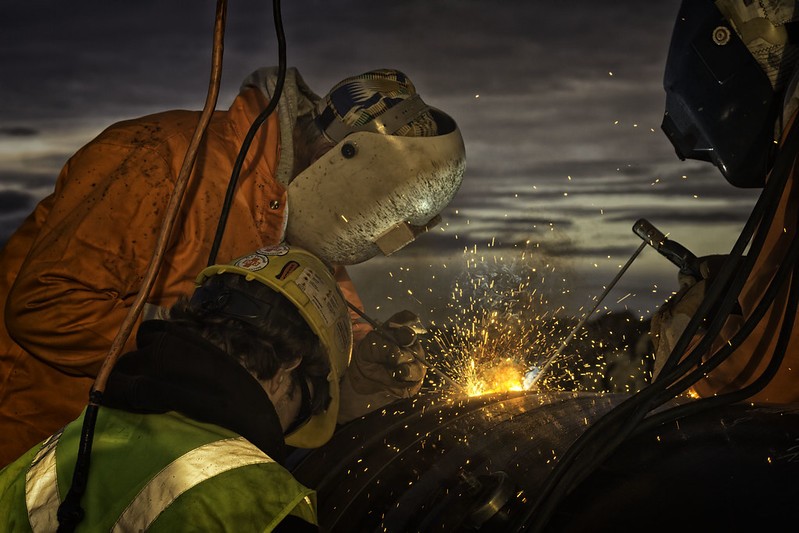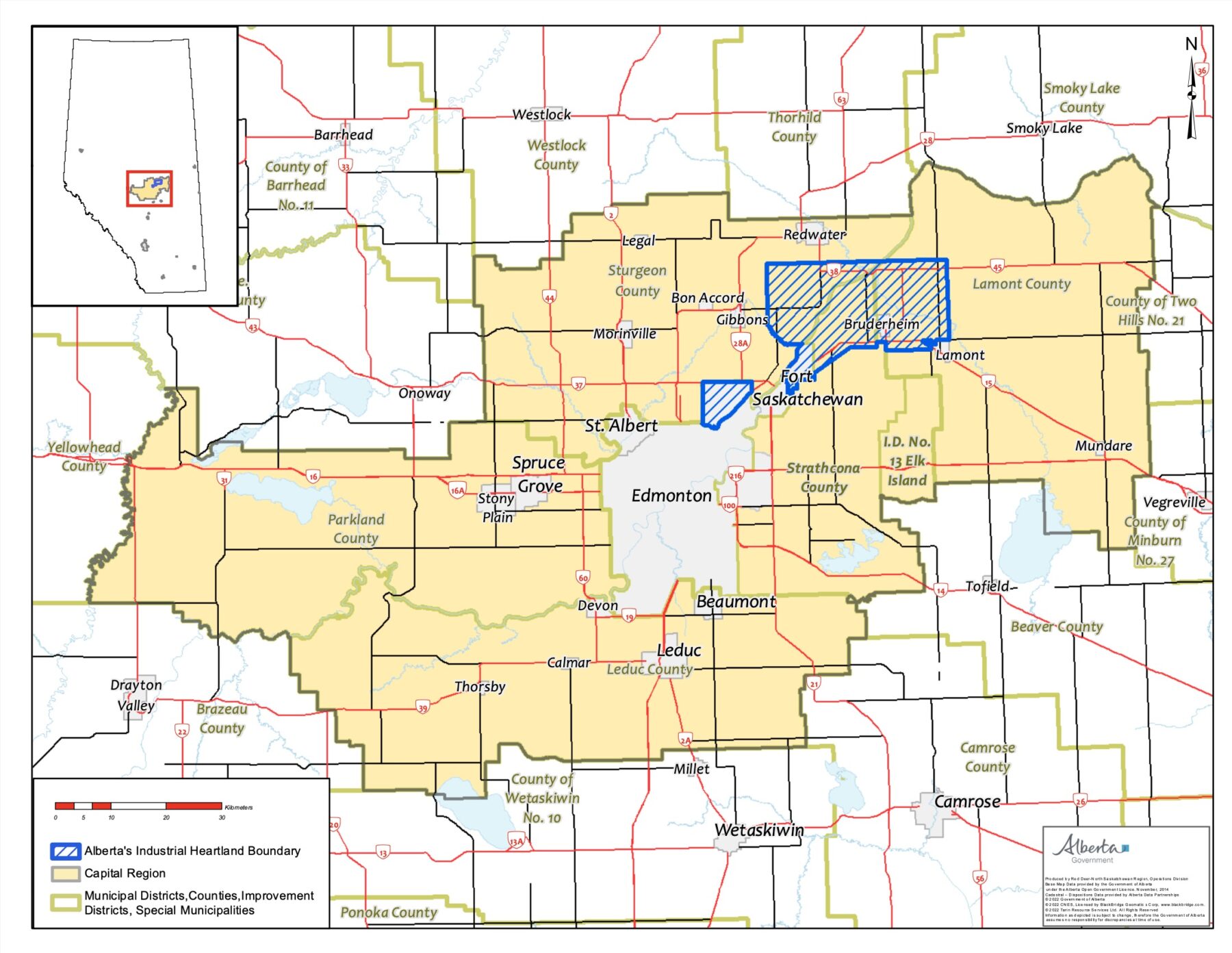Alberta creates new zone to boost industrial investment
Alberta wants to know: Are you ready to enter the zone?

Crews work on a pipeline in Alberta.
Key takeaways:
- Nearly 600 square km near Edmonton will be Alberta’s first designated industrial zone.
- Projects in the zone will benefit from shared infrastructure and streamlined regulatory processes.
- Participation in the zone means agreeing to some environmental conditions and coordinated planning.
The Whole Story:
The province is launching a new pilot project to create its first designated industrial zone (DIZ).
Officials say facilities located in the DIZ will benefit from optimized regulatory approvals, shared access to infrastructure and resources and minimized cumulative environmental impacts.
The province is calling the new zone, just northeast of Edmonton, the Industrial Heartland.
It extends into five different municipalities, including 533 square km within the city of Fort Saskatchewan and the counties of Lamont, Strathcona and Sturgeon. About 49 square km resides in a section of Edmonton known as the Edmonton Energy and Technology Park.
So what’s the catch?
Proponents in the zone must agree to zone specific environmental assessments, topsoil management guidelines, air emissions requirements, water quality management and financial or human resources for implementing environmental management programs
The province said it created the new zone in part because the Edmonton Metropolitan Region has grown into the country’s largest hydrocarbon processing region and is home to world-scale oil and gas refineries, and chemical and petrochemical facilities.

Proponents in the zone could see environmental approval renewals take just 6 months instead of the average 18 months.
They would also be part of careful planning that aims to create industrial clusters so resources and infrastructure costs could be reduced and shared. It also lessens the environmental impact of facilities. Cluster infrastructure initiatives focus on creating regional water supply infrastructure, shared wastewater treatment options and electricity solutions.
According to Alberta’s Industrial Heartland Association, a non-profit that is working to promote industrial development, the province’s petrochemical sector could attract more than $30 billion in capital investment by 2030 if supported.
“By designating the Heartland an industrial zone, the region emerges as a competitive force through regulatory efficiency and scaled infrastructure, unlocking Alberta’s potential to be a world leader in responsible energy,” explained Dean Setoguchi, CEO of Canadian energy giant Keyera. “This aligns with Keyera’s plans to leverage our pipeline infrastructure and nearly 1,300 acres of undeveloped land in the region for a low carbon vision that will position us as a significant player in Alberta’s energy future.”
